
Sophora Sophora japonica Sophora du Japon Arbre des pagodes Arbres Pinterest
Sophora japonica, otherwise known as Japanese pagoda tree, is native to eastern China and Japan. Its beautiful white flowers make it a prized ornamental tree all over the world. But, it's not only beautiful, it's also very beneficial to the circulatory system.

Épinglé sur Plantes normandie
Sol C'est un arbre qui pousse sur la plupart des sols (pas trop acides), avec une préférence pour des sols frais, drainés et profonds. Les sols gorgés d'eau sont à proscrire. Plantation De par son port étalé et ses dimensions, le sophora du Japon est un très bel arbre à planter en sujet isolé. On le trouve également utilisé en alignement.

Arbre des pagodes pleureur Sophora japonica 'Pendula' Japonica, Tree, Landscape
Origin and characteristics of Sophora japonica. Known as Japanese acacia, pagoda tree or simply sophora, this is a deciduous tree whose scientific name is Styphnolobium japonicum.As a synonym it has Sophora japonica, But it was discovered that, unlike the Sophora, our protagonist is not capable of fixing nitrogen in the soil because it does not establish symbiotic relationships with the.
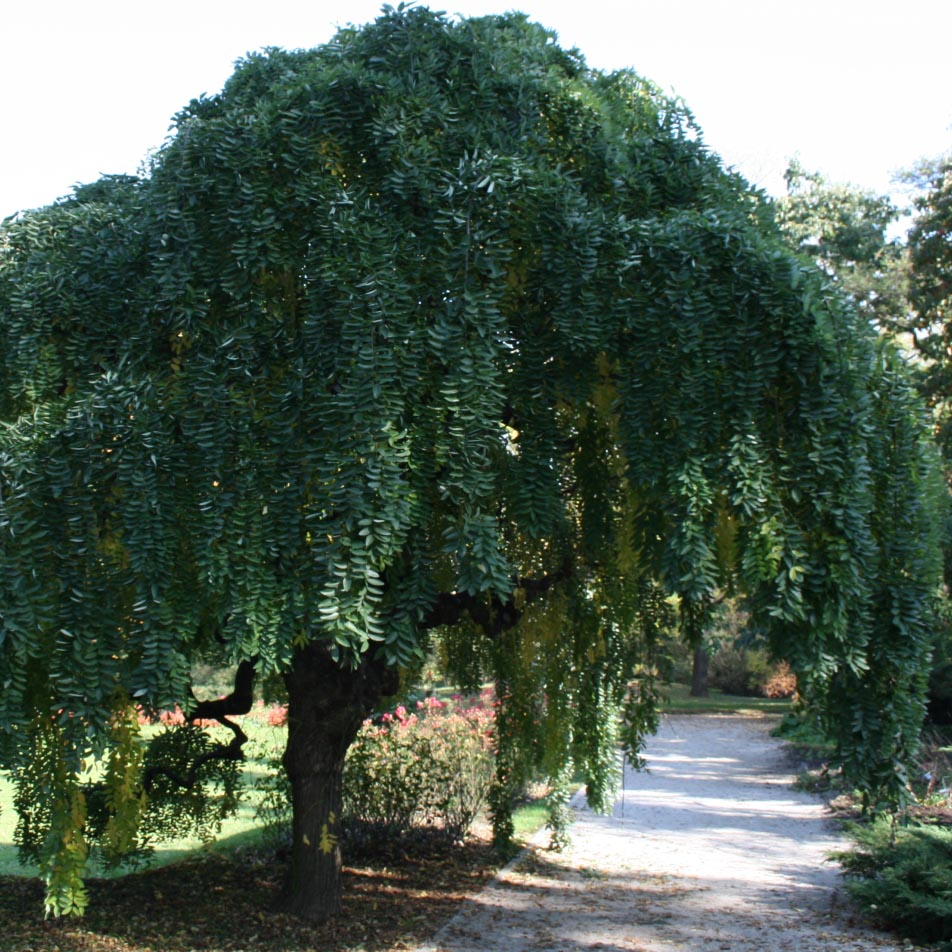
Sophora japonica Pendula Arbre des pagodes pleureur, vert brillant
Try the eBay way-getting what you want doesn't have to be a splurge. Browse top items! No matter what you love, you'll find it here. Search top products and more.

Pagode Japonaise Arbre des Pagodes Pleureur Sophora du Japon Pleureur Arbre de Miel
Japanese pagoda tree is a deciduous species that grows quickly into a 75 foot (23 m.) tree with a broad, rounded crown. A delightful shade tree, it doubles as an ornamental in the garden. The tree is also used as a street tree since it tolerates urban pollution.
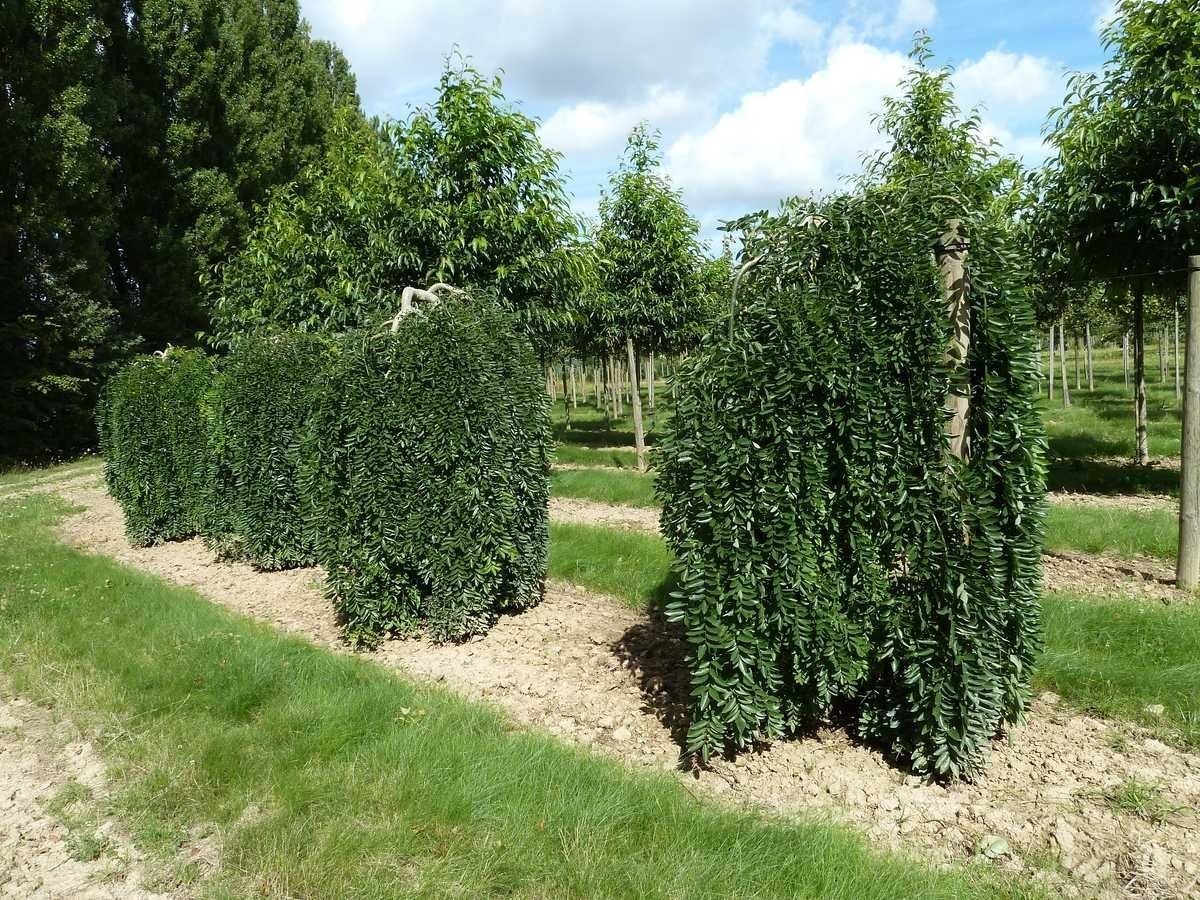
Sophora pleureur Sophora japonica 'Pendula' Thuilleaux
Le sophora du Japon pleureur est un superbe petit arbre dont la silhouette est décorative toute l'année : sa forte charpente portant des rameaux retombants lui donnent un aspect graphique, très apprécié dans les jardins. Son feuillage fin et brillant est de couleur vert foncé. Il offrira une cachette de rêve à vos enfants.
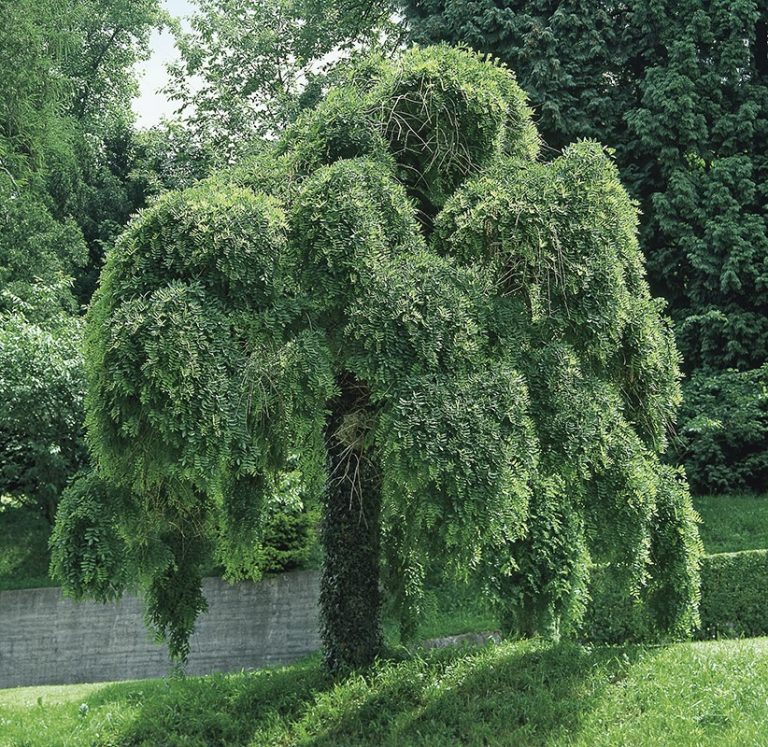
SOPHORA japonica ‘Pendula’ (Sophora pleureur vert) Jardinerie Pépiniere Jarrige
Styphnolobium japonicum (syn. Sophora japonica) 25 m tall in flower at Kew on 6th August 2022. Image Owen Johnson. A deciduous tree, 50 to 80 ft high, of rounded habit and branching low down when growing in the open, but capable of forming a tall clean trunk when close planted. Bark downy when young, glabrous later and dark greenish brown; on.
Trees of Santa Cruz County Sophora japonica Japanese Pagoda Tree
Sophora pleureur. Pour moi, le Sophora pleureur (S. japonica 'Pendula') est l'un des petits arbres parmi les plus séduisants. Le voir dans un jardin me procure toujours une émotion, sans bien savoir pourquoi. Ce qui me chagrine, c'est me contenter de devoir l'observer chez les autres, par manque de place dans mon jardin.

Mon de curiosité. Meine Wunderkammer Sophora Pleureur (Sophora Japonica Pendula),
Sophora japonica L. (Fig. 1) - also known as Chinese scholar tree (Chinese: "槐," "zhong guo huai," or "huai shu" ), Japanese pagoda tree (in English), Hoe-wha-na-moo (in Korean), Sophora du Japon (in French), Japanischer Schnurbaum (in German), and acacia del Japón (in Spanish) - is a shrub species belonging to the subfamily Faboideae of the pea family Fabaceae (Orwa et al.

Arbre des pagodes pleureur
Styphnolobium japonicum, the Japanese pagoda tree [3] (also known as the Chinese scholar tree and pagoda tree; syn. Sophora japonica) is a species of tree in the subfamily Faboideae of the pea family Fabaceae . It was formerly included within a broader interpretation of the genus Sophora.

Achat Sophora japonica Pendula sur tige (sophora pleureur)
This name was accepted following an alternative taxonomy by these authorities: Tutin, T.G. & al. (eds.) (1968). Flora Europaea 2: 1-469. Cambridge University Press. [Cited as Sophora japonica.] Wu, Z. & Raven, P.H. (eds.) (2010). Flora of China 10: 1-642. Science Press (Beijing) & Missouri Botanical Garden Press (St. Louis). [Cited as Sophora.

Sophora pleureur Pot de 30 litres, tige 8/10, hauteur totale 175/200 cm, 5 ans d'âge. Gamm Vert
Sophora japonica, commonly called Japanese pagoda tree or Chinese scholar tree, is native to China and Korea, but not Japan. It is a medium to large deciduous tree that typically matures to 50-75' (less frequently to 100') tall with a broad rounded crown. It is generally cultivated for its attractive compound foliage and fragrant late.
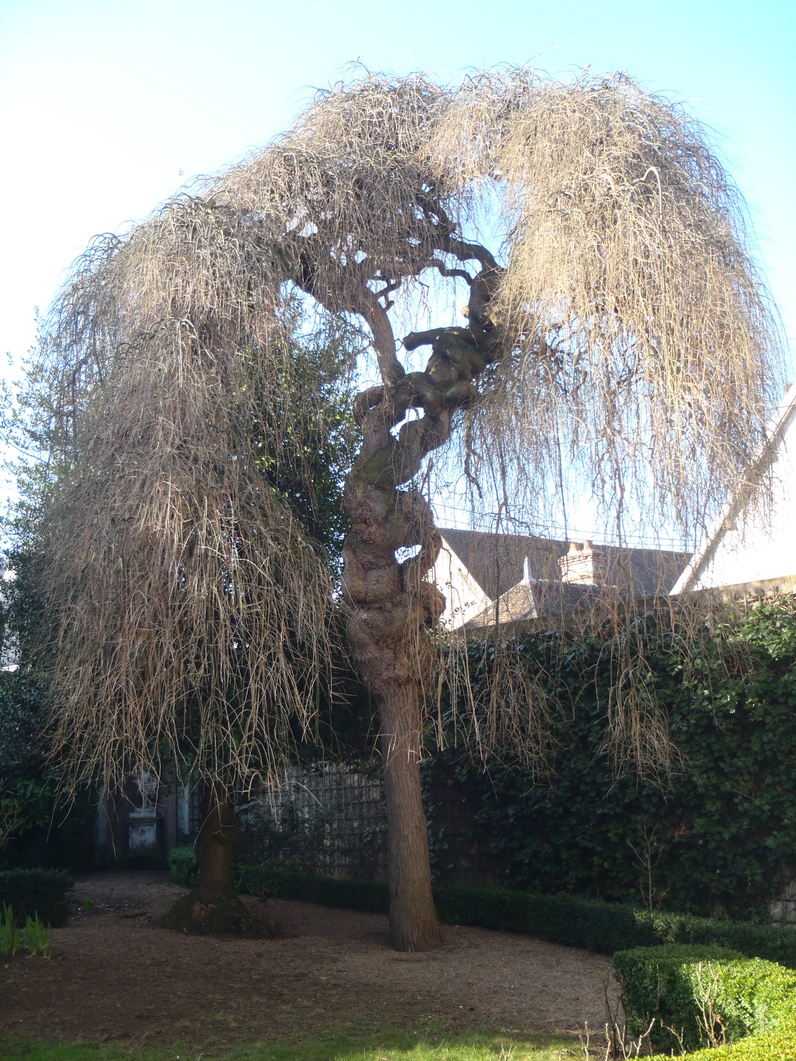
Sophora japonica 'Pendula'
Sophora japonica is a plant that is native to China and Japan. It is a member of the pea family and is also known as the Japanese pagoda tree. The plant is a deciduous tree and can grow to be about 30 meters tall. The leaves are alternate and compound with 15-19 leaflets. The flowers are white and fragrant and bloom in the spring. The fruit is a black or brown pod that contains seeds.
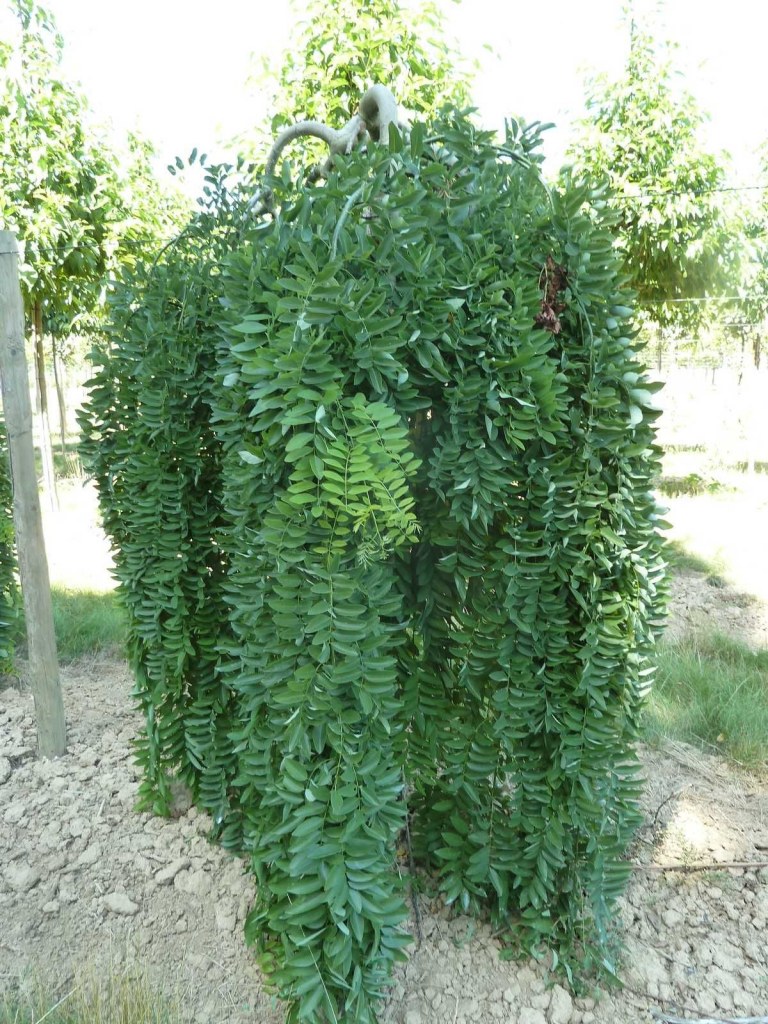
Sophora pleureur Sophora japonica 'Pendula' Thuilleaux
Le sophora est un arbre ou arbuste ornemental doté d'un feuillage léger joliment découpé en folioles Selon les espèces, il adopte un port pleureur, majestueux ou prostré Une fois adulte, il nous gratifie d'une spectaculaire floraison en grappes blanches ou jaunes, odorante et très mellifère, suivie de gousses en chapelet

Arbre des pagodes pleureur. Sophora japonica 'Pendula' Sophora Japonica Pendula, Image Types
Styphnolobium japonicum is now generally accepted as the correct botanical name for the Japanese Pagodatree, however in commerce, the older name ( Sophora japonica) is often used. The nomenclature change is based on chromosome numbers as well as morphological and cytological differences (F.S. Santamour, Jr. and L.G.H. Riedel. 1997.
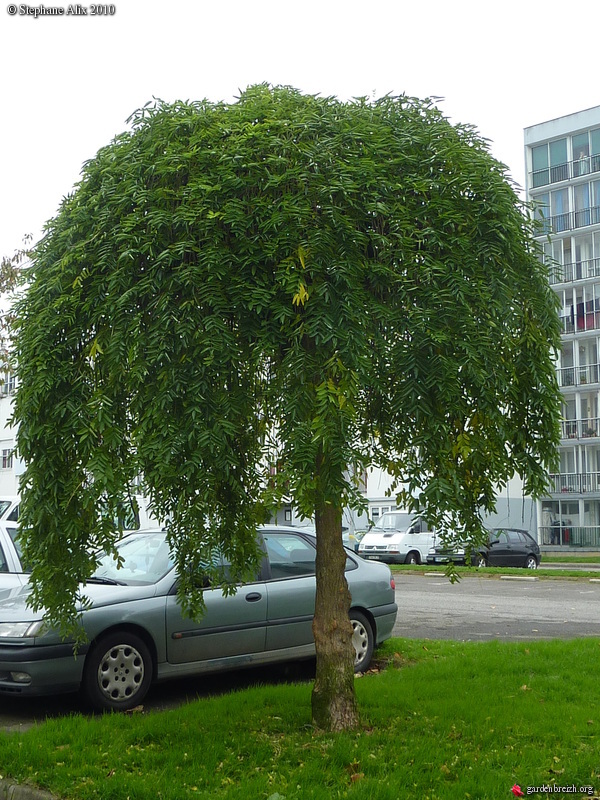
Sophora japonica 'Pendula' Sophora pleureur Arbres de rues à Brest Les galeries photo de
Le Sophora du Japon pleureur alias Sophora japonica Pendula se distingue de l'espèce type par son développement beaucoup plus réduit et surtout son port irrégulier et pleureur qui lui confère beaucoup de charme. Le feuillage est vert foncé brillant, composé de nombreux folioles très fins. La floraison sur cette variété est assez rare.